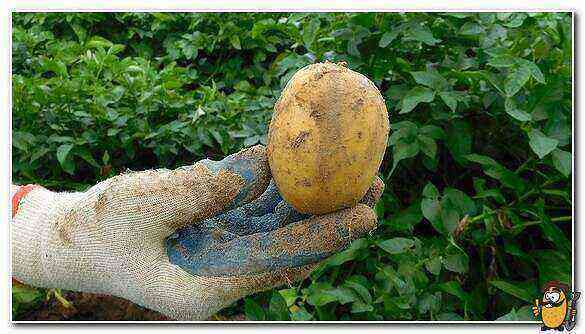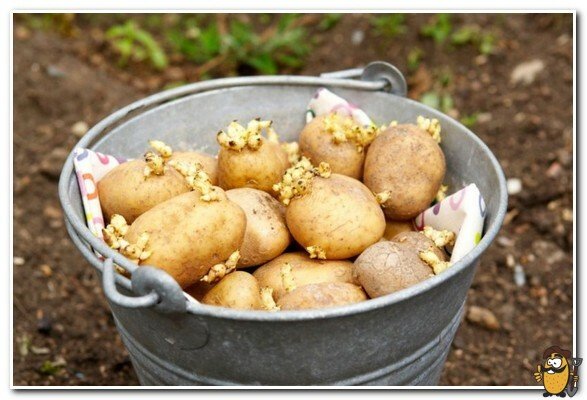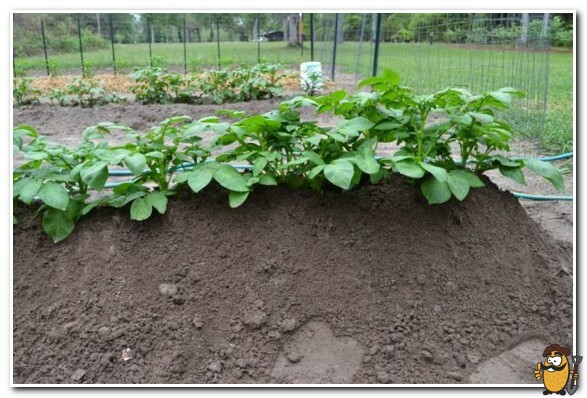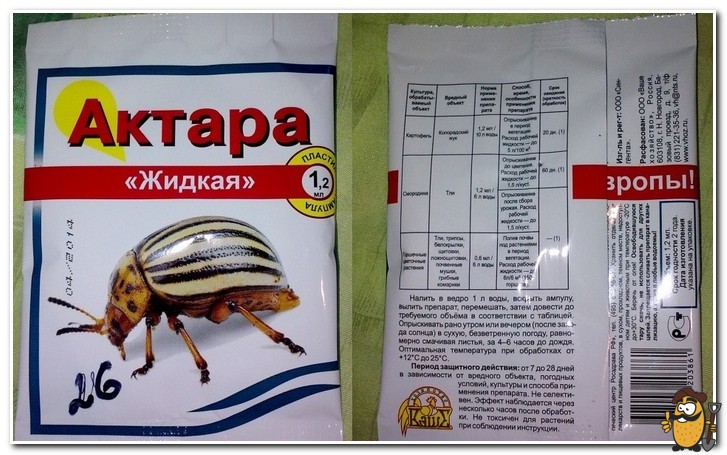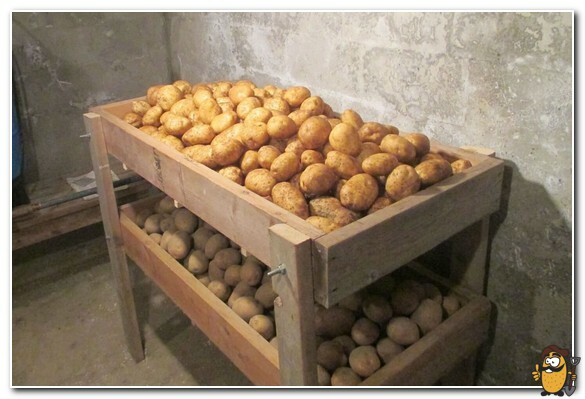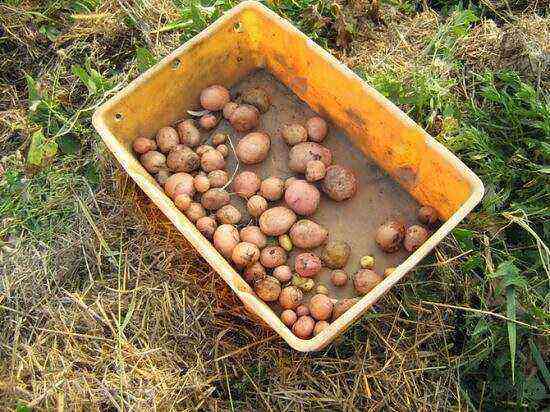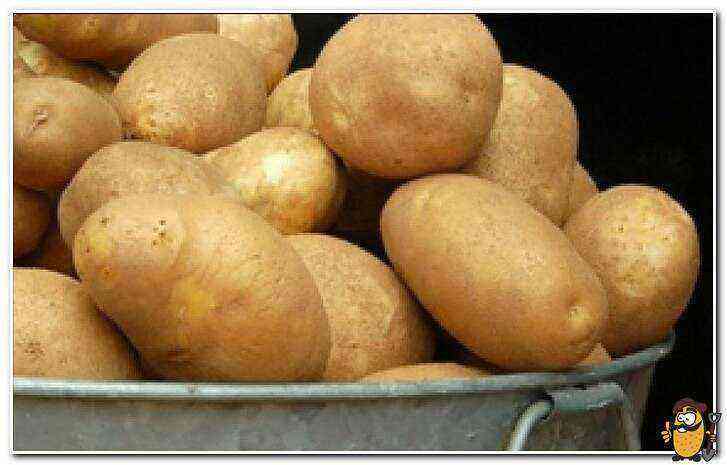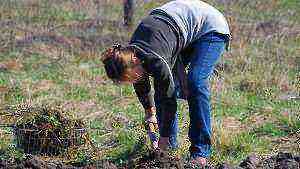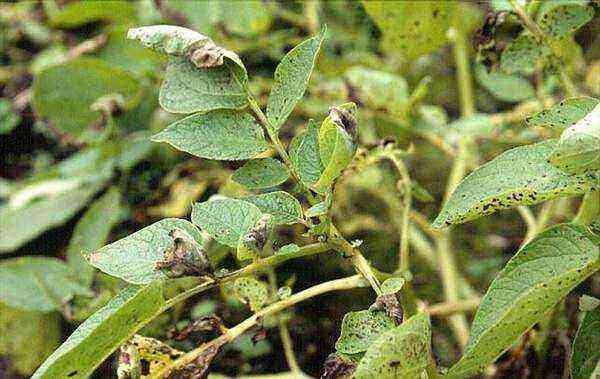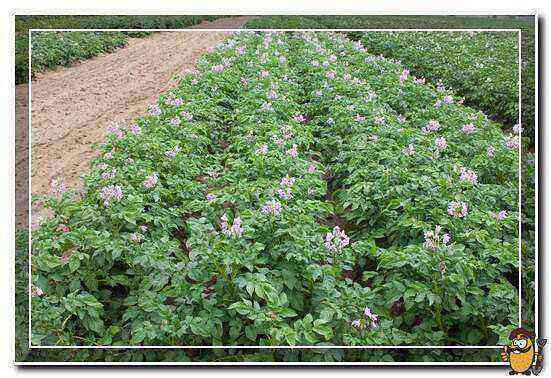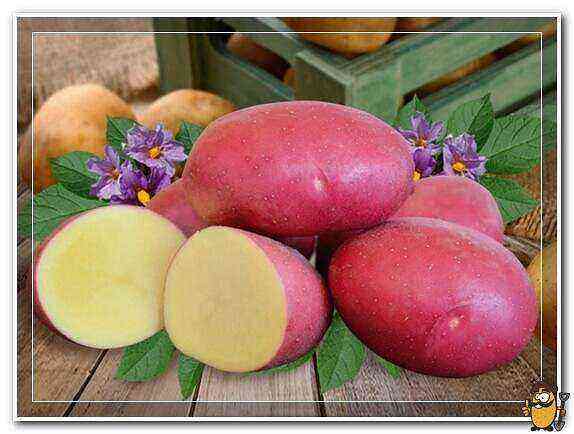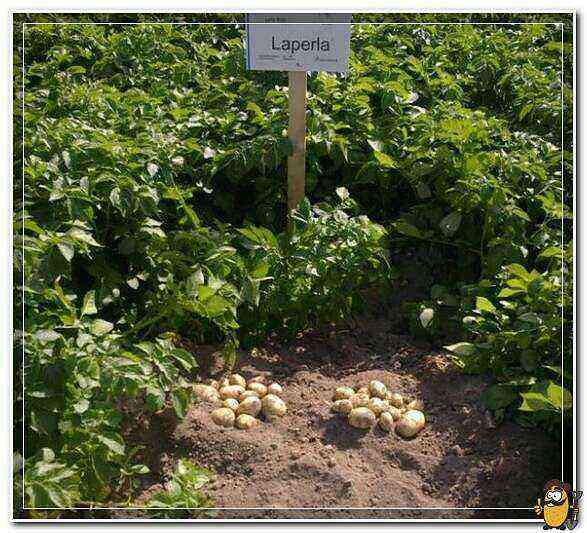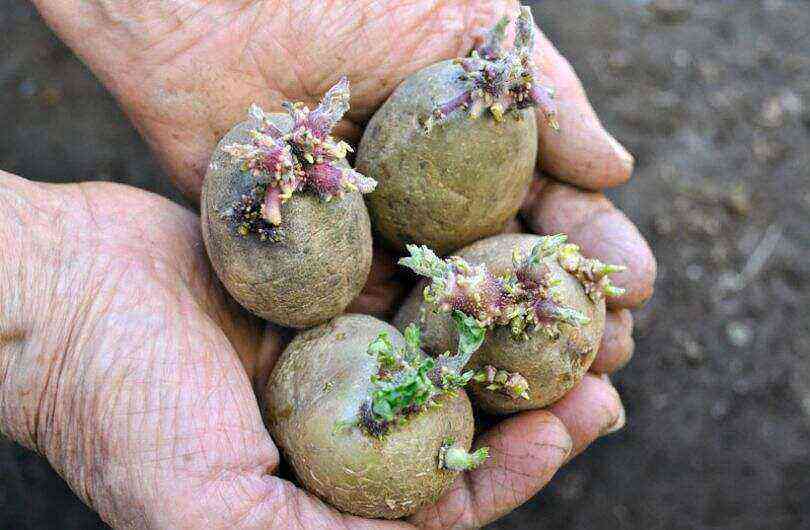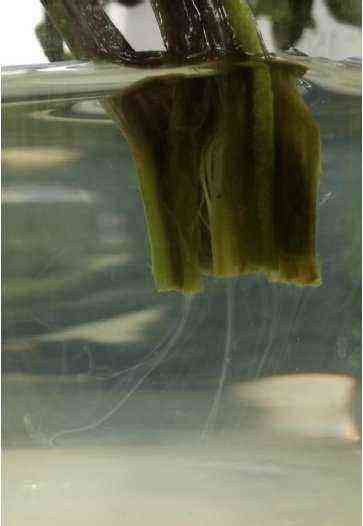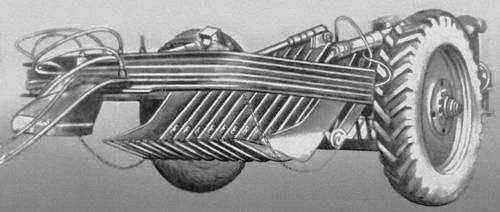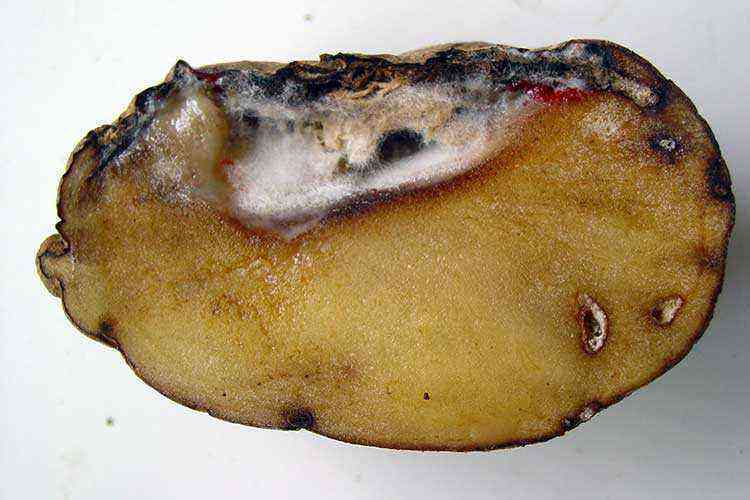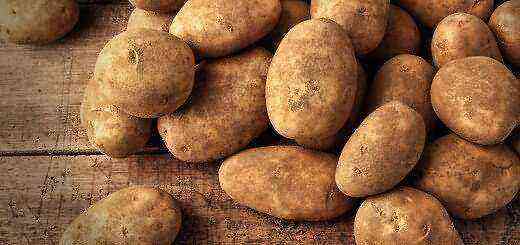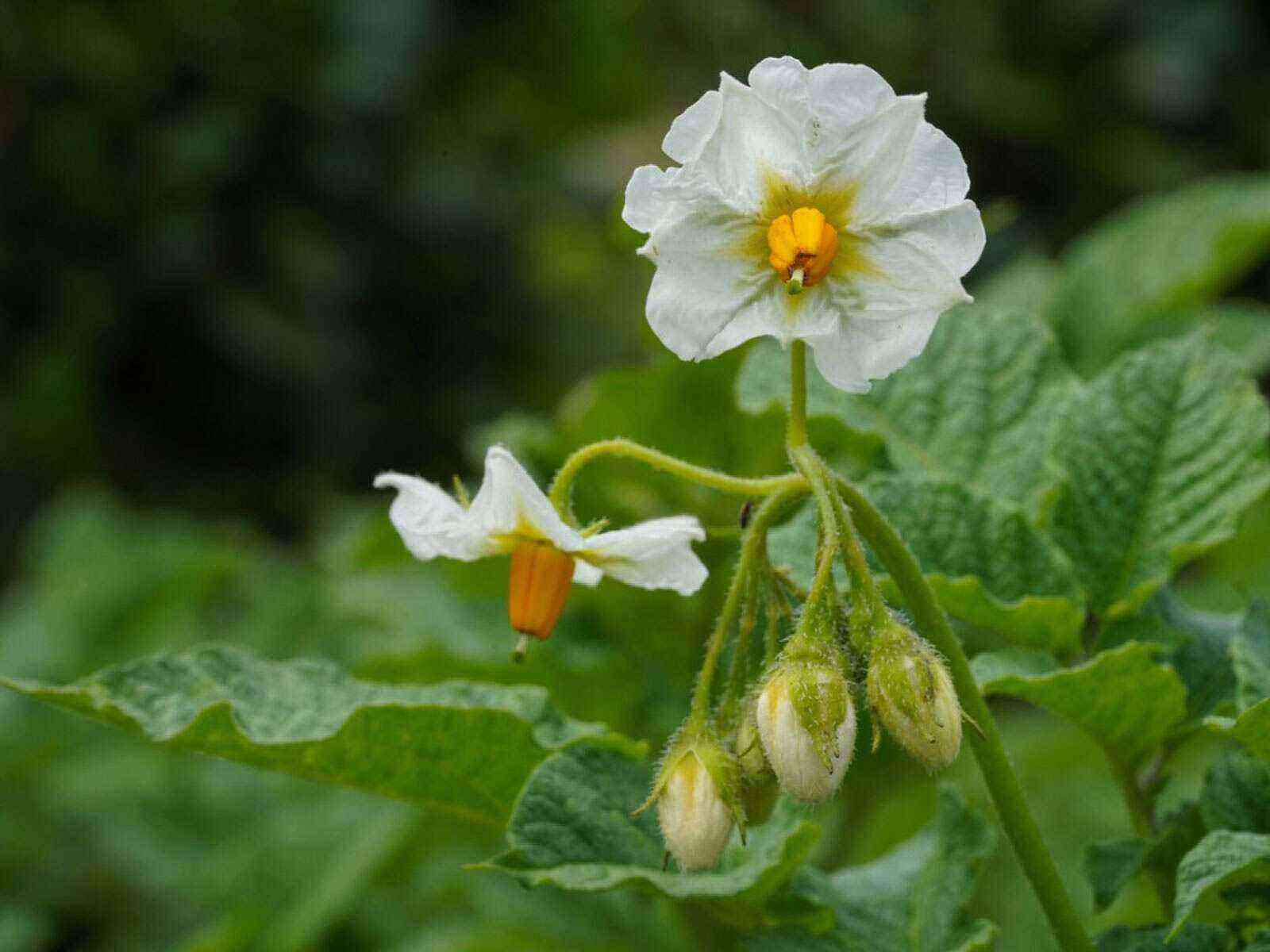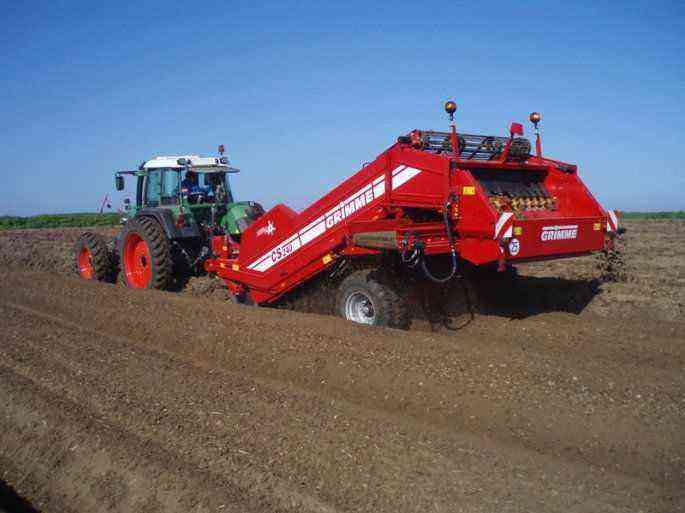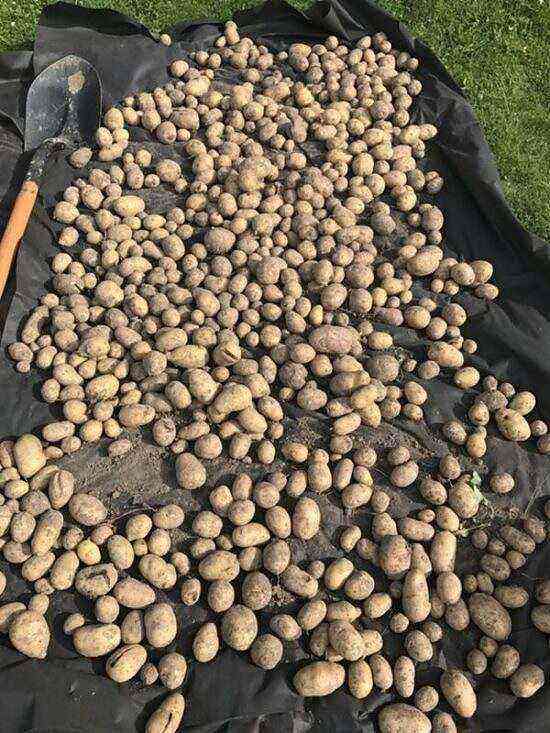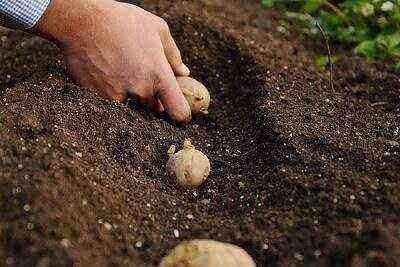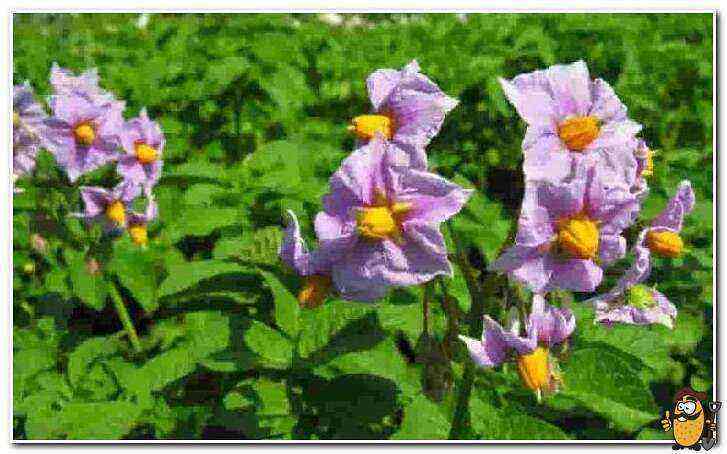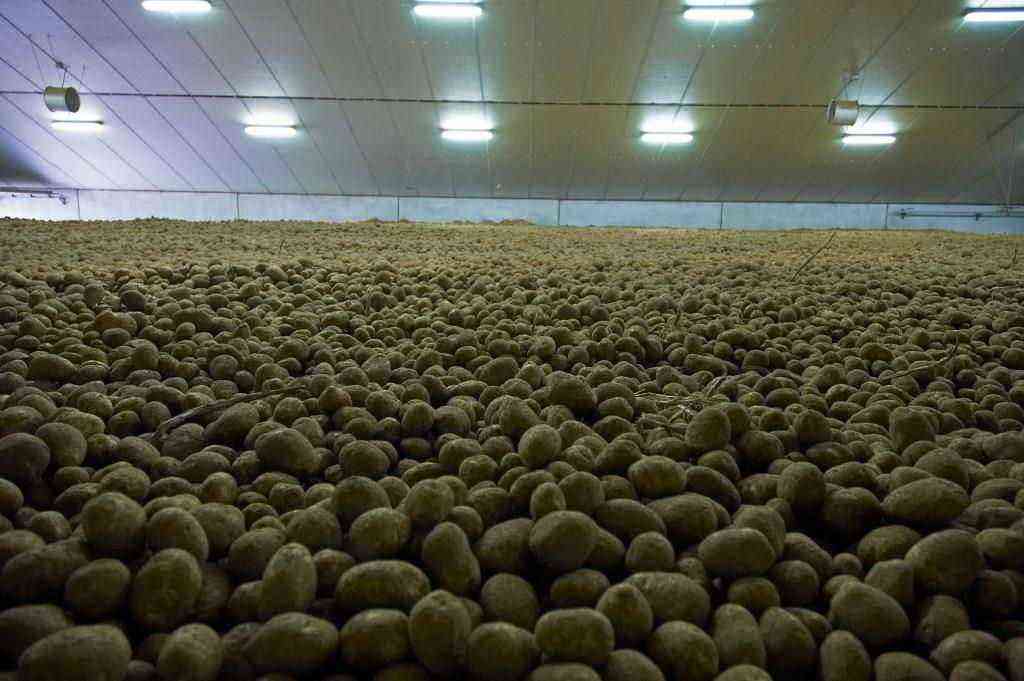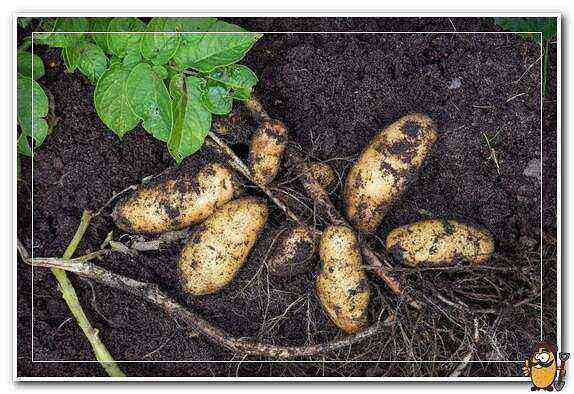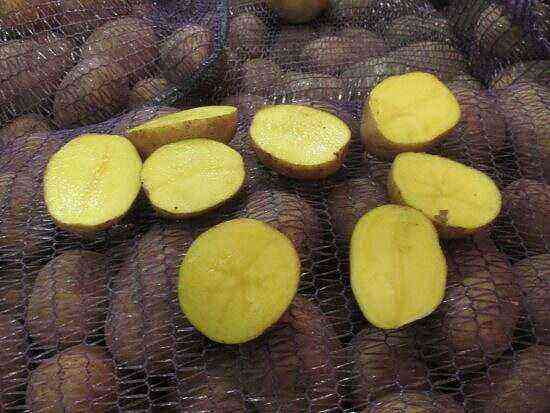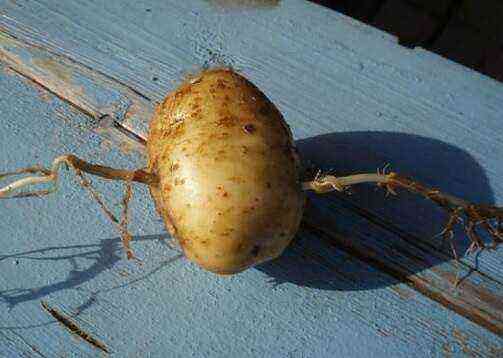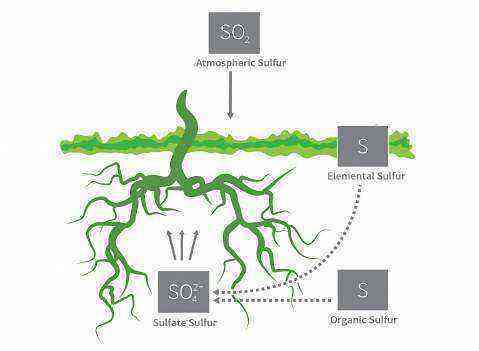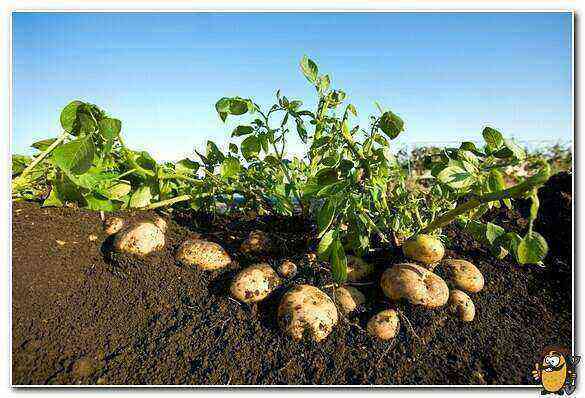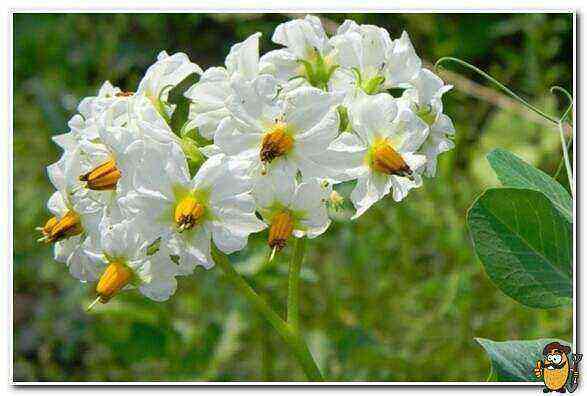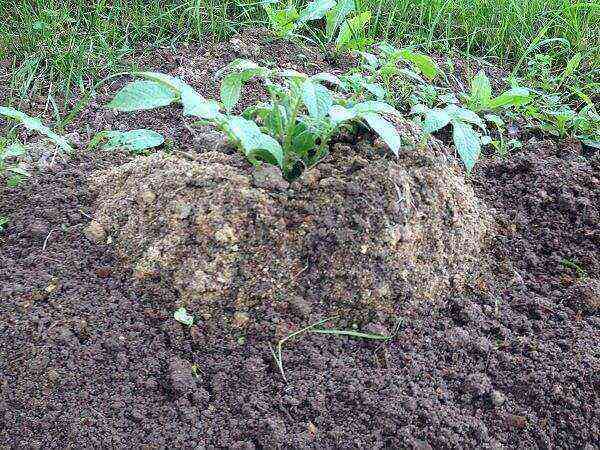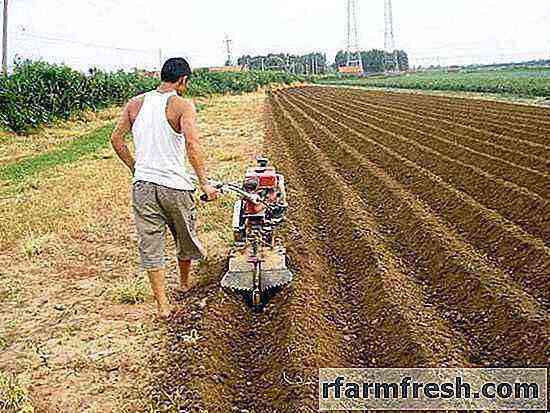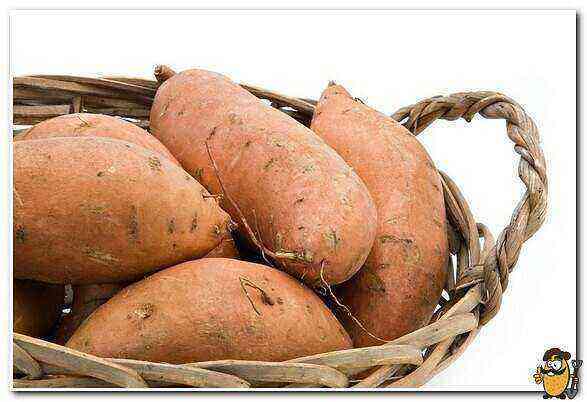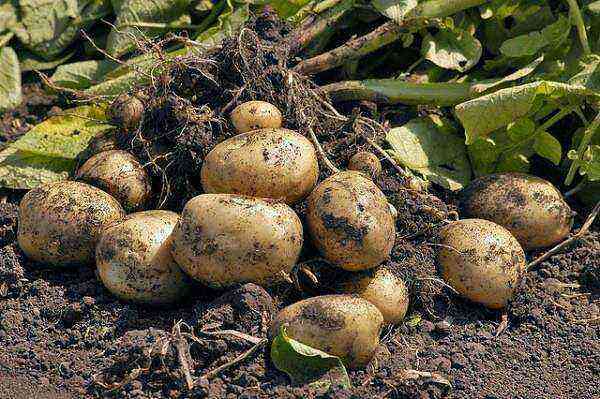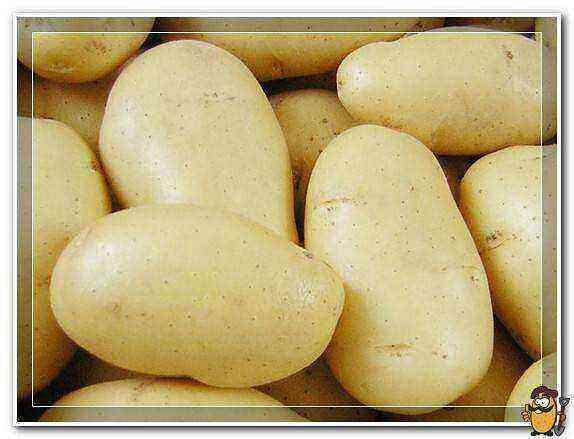Review of the potato variety Zekura. Growing potatoes, many gardeners strive for record harvests, forgetting about the taste. That is why fodder varieties are increasingly replacing table potatoes every year. But this is the second bread, as it is often called, and it should also be tasty. German breeders have tried to solve this problem.
As a result of their fruitful work, the Zekura potato variety appeared, which meets the two main requirements of farmers – high yield + excellent taste. And this is not all of its advantages.
Zekura potatoes description
You can distinguish bushes and tubers of this variety by the following characteristic features:
- the aerial part of the plant reaches a height of 35 cm;
- erect bush, slightly spreading;
- leaf plate of dark green color, embossed;
- flowers have a red-purple hue;
- tubers are oblong, covered with yellow skin;
- eyes are small, inconspicuous;
- the pulp is light yellow, does not darken during processing, it is moderately boiled.
The variety was entered in the Russian State Register in 1997, and today it is successfully grown not only in the central regions of the country, the climate of which is best suited, but even in some regions of Siberia. This is possible due to a fairly short ripening period – 80-95 days. The yield is 450-550 kg / ha, according to this indicator, Zekura noticeably outperforms most other common varieties. The keeping quality of potatoes bred by the Germans is also pleasing. With proper storage, the loss does not exceed 2% of the total mass. The recommended storage temperature is 1 to 2 degrees above zero.
Another advantage of this variety is its unpretentiousness to conditions and simplicity of agricultural technology. It easily tolerates dry weather, but additional watering during such periods still does not hurt. In one nest, up to 20 potatoes grow, the weight of which, depending on the conditions, varies from 60 to 150 g. At the same time, the nests are compact, which greatly facilitates the harvesting process. The starch content in tubers is average – 13-18%.
This variety is attractive for summer residents and farms because of its resistance to many crop diseases. It has good immunity to potato cancer, late blight, scab and golden nematode. It is extremely rare that there is such a sign of a virus infection as curling and darkening of the leaves. Rot also almost never happens.
What else is Zekura potato good for? The characteristic of taste is very positive. The delicate yellowish pulp of the tubers is great for preparing a variety of dishes. This potato makes an excellent mashed potatoes of an appetizing creamy yellow hue, it can be boiled for salads, added to stews and soups, it is also good fried. Slightly crispy potato strips, fried until golden brown, will make even those on a strict diet grab a fork.
Peculiarities of growing
As mentioned above, the Zekura potato variety during its existence in practice has proven its unpretentiousness to conditions. In addition, it has a high resistance to major diseases of vegetable crops, which makes it possible to reduce the number of treatments of tubers before planting to a minimum. Seed material must be carefully reviewed and unsuitable for planting tubers, if any, must be removed. Like other varieties, it is advisable to germinate Zekura seed potatoes in a warm room before laying in the ground. This will take about two weeks.
You should not rush with planting, it is better to wait until mid-May and plant the tubers in a well-warmed ground. Thanks to this, they will be protected from decay and germinate faster. Site preparation includes activities such as plowing and harrowing. Planting is carried out at a shallow depth of 10-12 cm, according to the scheme 60 x 40 cm. If the soil condition is not the best, local application of fertilizers (mineral and organic) is recommended by placing small portions in each well.
Recall that the best precursors for potatoes, including Zekura varieties, are legumes, corn, carrots, beets, garlic, squash and pumpkin. It is impossible to plant it for more than 3 seasons in a row in one place, this will lead to a noticeable decrease in yield.
If the climate in the growing region is suitable, the variety will quickly adapt. It easily tolerates short-term cold snaps, droughts and other weather changes. But this does not mean that it is enough to “bury” the potatoes in the ground and until autumn you can sit quietly with folded arms. Planting needs care, including weeding, hilling and loosening the soil after rains or watering. The first removal of weeds is carried out in June, in the future this important agrotechnical measure is repeated as necessary. In the first half of July, the bushes need to be hilled so that moisture is better preserved in the nests.
A very effective way to minimize the time and effort spent on the above activities is to mulch the plantings. Mulch will protect the soil from overheating, reduce moisture evaporation. Experienced gardeners advise mulch planting potatoes with humus mixed with needles and rotted sawdust.
A few words about diseases and pests
It was said above that the Zekura potato variety is highly resistant to the most common crop diseases. This is true, as evidenced by the reviews of many gardeners. But he is not able to resist the Colorado potato beetle on his own. This malicious insect is the most dangerous for planting. If nothing is done, adults can completely destroy the leaves on the bushes, which will significantly reduce the yield. In addition, the areas under the potatoes are often attacked by cicadas, wireworms, potato moths and fleas. How to deal with them? It all depends on the degree of damage. If it is not high, then biological products such as Agrovertin, Boverin or Fitoverm will help out. In case of severe damage, you will have to use chemical agents: “Aktara”, “Commander” or “Mospilan”. It should not be forgotten that insecticide treatment is carried out no less than 20 days before digging.
Harvesting and storage of crops
A few days before harvesting, it is necessary to mow the tops to stimulate the flow of beneficial trace elements and nutrients to the tubers. You can dig up potatoes manually (with a shovel) or using special agricultural equipment. Since the bushes of the variety are quite compact, losses during mechanized harvesting will be minimal. It is advisable to choose a warm day for collecting potatoes.
Seed potatoes are left under a canopy for 15-20 days. During this time, corned beef is developed in the tubers – a protective substance, due to which the skin acquires a green tint. This technique is called landscaping. Why do this? The production of corned beef improves the keeping quality of potatoes, protects them from parasites and pathogens, increases the germination of the material and, in general, the yield.
Potatoes intended for human consumption must also “ripen”. For this, one week will be enough for him, after which it can be put into storage. It is important that direct sunlight does not fall on it during these days.
Before storage, the crop should be checked for diseased and damaged tubers. Such are seized without fail. The room in which the potatoes will be stored is disinfected and ventilated. You can store potatoes in nets or wooden boxes. In both cases, a small space should be left between the containers for air circulation.
Reviews
How was the German Zekur potato perceived in our country? Reviews indicate that our farmers liked it. Also, this variety is in demand in Belarus, Moldova, and Ukraine. First of all, gardeners note its high yield, optimal ripening times, endurance, immunity to most diseases and, of course, excellent taste. If potatoes are the second bread, then Zekura can be compared to an expensive sliced loaf made from the highest quality flour.
